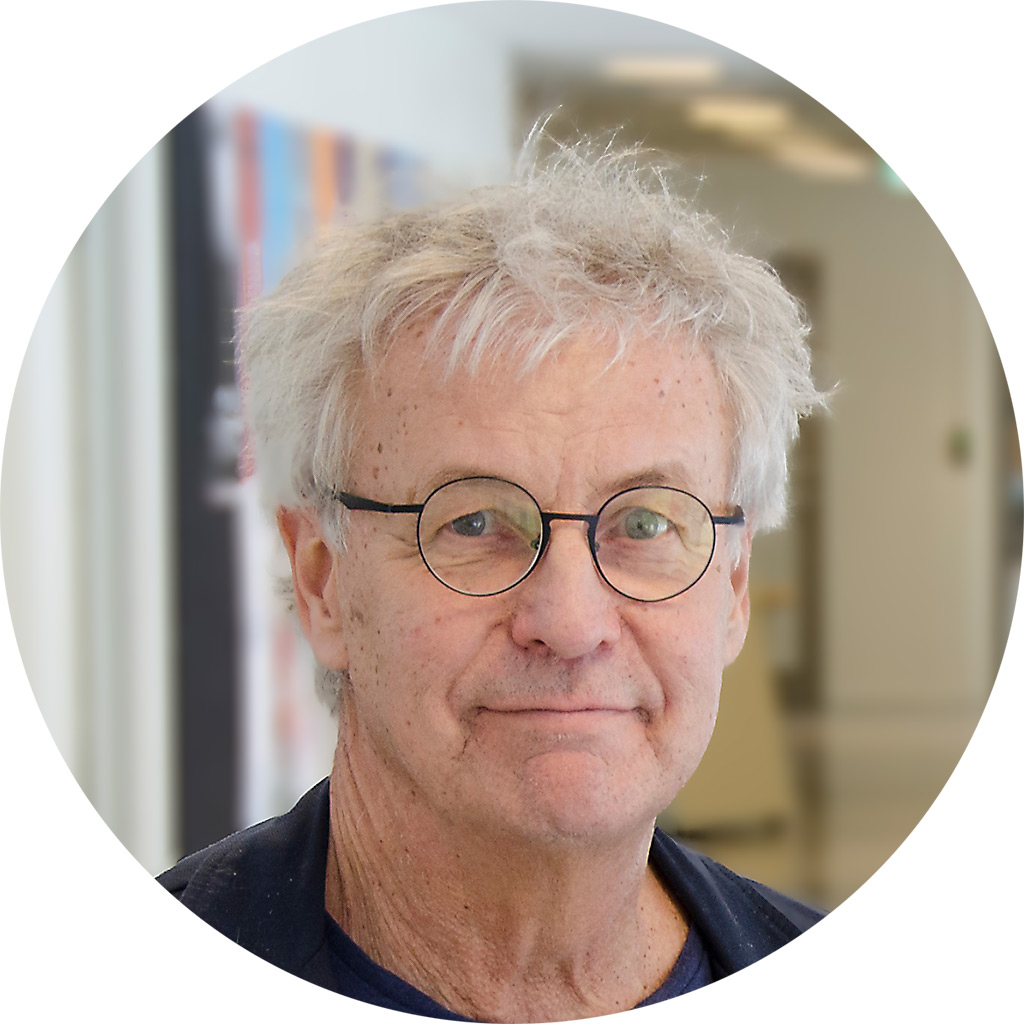ATTRACTIVE WORKPLACES
We’re looking at ways in which technology can be developed not only with technical requirements in mind but also on those who will use the technology – today and tomorrow.
The mining industry has a hard time recruiting people and many miners are approaching retirement age. At the same time, the mining industry is becoming so technologically advanced that new skills are required by those who work in the industry. Technology can be part of the solution to this problem. But if we are not careful, if it is not developed with the human in the center, it can also make the problem worse.

Our conviction is that if the technology is developed on human terms if the needs and abilities of current and future users are integrated into designs, technology can help solve many of the problems of the mining industry. We are trying to find ways to do this. This includes figuring out what is good with the current technology and what needs to be changed in the future. It is important that all who are affected by technology have a chance to make their voice heard.

Many companies already have established and efficient ways of working. And often they have many competing requirements: the designs cannot only be suitable for the intended user, but it must also be manufacturable, not too expensive, work with the technology that is already in place in mines and so on. Different users can also have different views of what they want from technology – and it’s not always easy to find a good balance.
In the end, we hope that technology that is developed in SIMS harmonizes with the future mineworkers, that it contributes to creating a rich and good working life in which it is possible to maintain a healthy balance between work and private life. We also hope that our suggestions for new ways of working with developing technology will be well received by the project partners.

Lena Abrahamsson
Professor in Human Work Science, LTU
My focus in this project is on the implementation of new technology and new ways of organize work. By starting from those who will use the new technology, we hope that the project will develop better technology and sustainable work environment. My aim is that the new technology will be a part of gender equal, healthy, safe, learning and attractive work organisations in the mining sector.

Joel Lööw
PhD Student, Human Work Science, LTU
I focus on ways of integrating perspectives of the current and future workforce in developing new technology, and how to handle related social questions. For us, it is important that not only technical but also social requirements influence the design of technology.

Jan Johansson
Professor in Human Work Science, LTU
I am the project leader for Attractive workplaces within SIMS. This means that I am part of the project management team and try to keep the different parts together. My mission in the project is to ensure that we develop safe and attractive workplaces.
Mining 4.0—the Impact of New Technology from a Work Place Perspective.
Industry 4.0 offers new possibilities to combine increased productivity with stimulating workplaces in a good work environment. Used correctly, digitalization can create attractive jobs in safe control room environments, which provide space for the employee´s full expertise and creativity.
This is true also for the mining industry. But, to succeed it is important to analyze the development from a worker´s perspective. What will happen to their work?
What skills will be needed in the mine of tomorrow? We must also consider the risks, such as privacy issues, increased stress and work-life boundaries. These questions must be understood if we are to create workplaces that can attract a young and diverse workforce to tomorrow´s mining industry.
In this article Joel Lööw, Lena Abrahamsson and Jan Johansson try to illustrate what the new technology can mean for the individual miners. We formulate the notion of Mining 4.0 (Industry 4.0 in the mining industry), where we try to create an image of how the future might look from a miner’s perspective, and how mining companies may navigate their way to a future that works for all miners.
To illustrate the range of possible outcomes, we formulate two scenarios: one utopian and one dystopic.
At the end of our article, we bring forward six recommendations that can be considered as a beginning of a road map for the human side of Mining 4.0.
In the two film sequences presented below we will visit both the Dystopian and the Utopian vision.
Watch the Attractive Workplaces Camp Fire Chat!
Attractive workplaces Task Objectives
Switch from diesel to electric power underground.
Semi-Autonomous chargers.
New communication and process systems.
Gender and Social Acceptance.
Guidelines for implementation of new technology.

